We must start with open and honest relationship-building to understand common interests and how we can partner together for mutual benefit. Meaningful participation requires the ability to understand each other’s desired outcomes, strengths and limitations.
Part of our Journey of Reconciliation is to partner with Indigenous businesses and communities. Two ways we do this are through equity partnerships and long-term agreements.
Indigenous equity partnerships
Building equity partnerships is one way we are establishing long-term relationships with Indigenous communities. They demonstrate a positive evolution in our relationships and new ways that we are working together with communities.
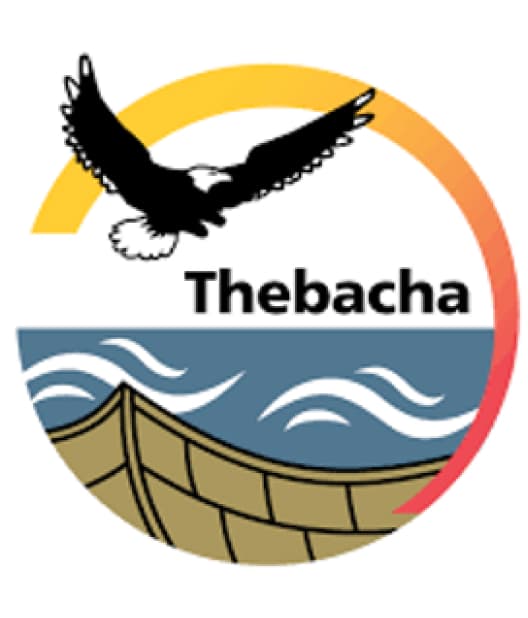
Thebacha partnership
In 2017, the Fort McKay First Nation (FMFN) and the Mikisew Cree First Nation (MCFN) acquired a 49% equity position in Suncor’s East Tank Farm Development (ETF-D). The partnership, called “Thebacha” – Dene for “by the river” – represented the largest business investment to date by First Nations in Canada. The ETF-D is a bitumen and diluent storage, blending and cooling facility located approximately 30 kilometres north of Fort McMurray, Alberta close to Suncor’s Base Plant operation.
The partnership was built on decades of community engagement, regulatory consultation and business partnerships between Suncor and Indigenous groups, all committed to responsible resource development, and will provide a steady stream of revenue to both FMFN and MCFN for a minimum of 25 years.
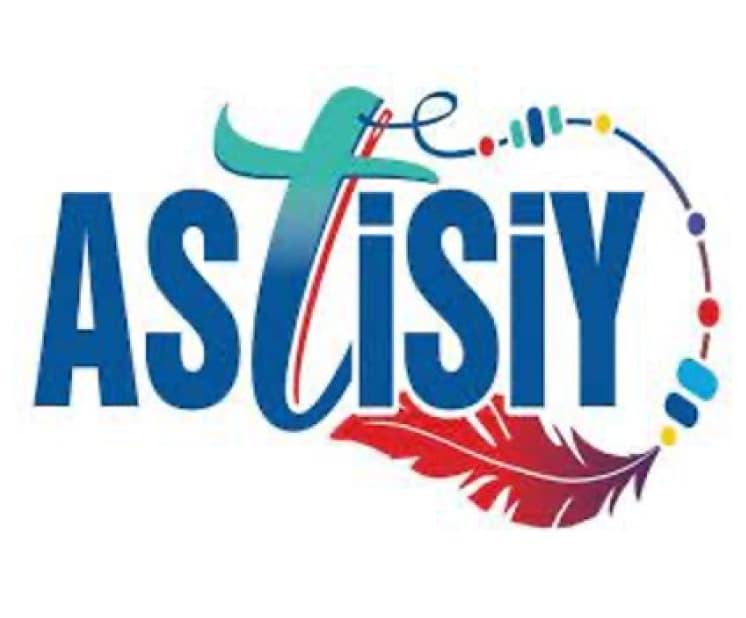
Astisiy partnership
Announced in 2021, the Astisiy partnership will bring revenue to these Indigenous communities and the benefits of a strong partnership to all. A Cree word for “thread made from sinew,” Astisiy brings together three First Nations (Athabasca Chipewyan First Nation, Chipewyan Prairie First Nation and Fort McMurray #468 First Nation) and five Métis communities (Conklin Métis Local 193, Fort Chipewyan Métis Local #125, Fort McKay Métis Nation, McMurray Métis and Willow Lake Métis Nation), and Suncor in a partnership to purchase all of TC Energy’s 15% equity interest in the Northern Courier Pipeline (NCP).
This partnership transports bitumen and diluent between various Fort McMurray operations.
It is unique because it includes not only several First Nations, but also Métis communities. No other existing equity partnership in Canada’s oil and gas sector includes Métis communities.
PetroNor
In 2017, Suncor purchased a 41% equity interest in PetroNor, a petroleum products distributor across the James Bay and Abitibi-Témiscamingue regions of Québec. PetroNor is owned and operated by the James Bay Cree, who are also known as the Eeyou of Eeyou Istchee, which means the People’s Land. PetroNor services commercial, industrial, aviation, mining and residential clients.
Long-term agreements
Since 2016, we have signed long-term agreements with several First Nations and Métis communities in the Regional Municipality of Wood Buffalo (RMWB) These agreements are meant to help facilitate a stronger relationship between Suncor and the respective Indigenous community.
Details of these long-term agreements are confidential, but they generally span multiple decades, outline environmental and regulatory matters – including how our operations affect a community’s traditional and cultural rights – and provide direction on business opportunities, and employment and training matters.
Working committees – consisting of both Suncor and community representatives – carry out the day-to-day activities and ensure the agreements are successfully implemented.
Communities
Learn more about the communities with which we have equity partnerships and long-term agreements.
Athabasca Chipewyan First Nation
Visit their website
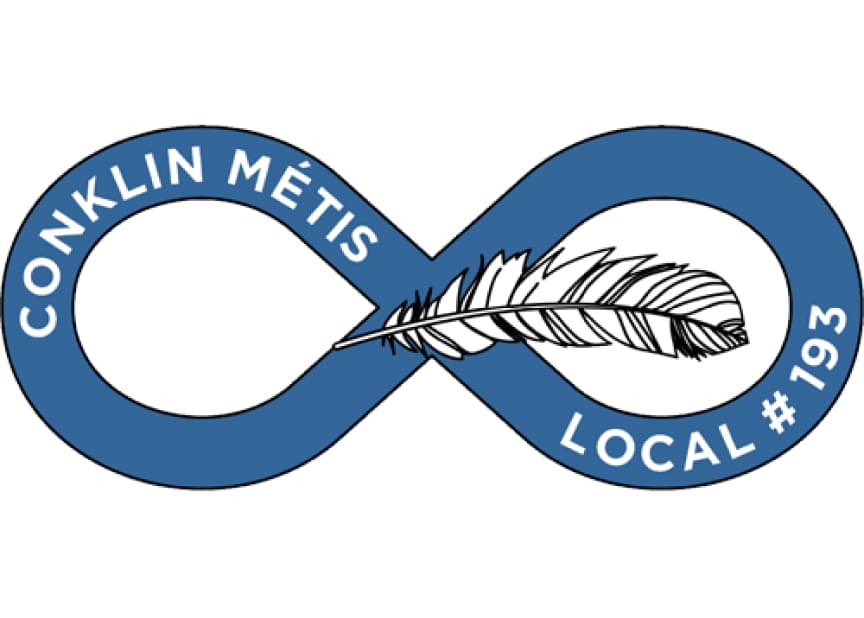
Conklin Metis Local 193
Conklin Métis Local 193 (Conklin), once known as Nakewin—a Cree word that means “stopping place,” is a northern and rural hamlet in the Regional Municipality of Wood Buffalo. The community is situated approximately 155 kilometres southeast of Fort McMurray and consists primarily of Métis people. The descendants of the original founding families that trace back to the late 1700s remain in the Conklin area.
The main feature of the community is Christina Lake, a trophy fishing lake that has been the centre of the lives of Conklin’s Métis population for generations. Today, the bodies of water and surrounding tributaries remain significant areas of importance and holds a profound and sacred meaning to the people of Conklin.
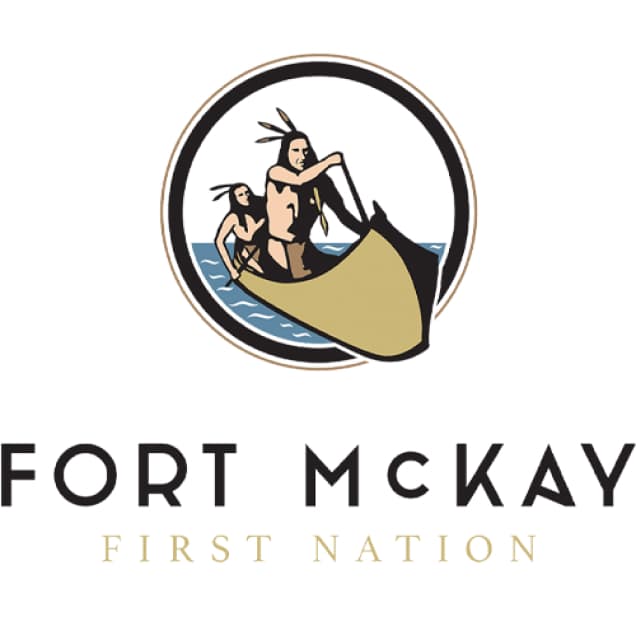
Fort McKay First Nation
Fort McKay First Nation has nearly 900 band members, with about half living in the on-reserve section of the community of Fort McKay—located 60 kilometres north of Fort McMurray, on the shores of the Athabasca River. The Nation’s members are of Cree and Dene heritage.
The Nation is governed by an elected Chief and Council, while administrative and operational activities, including programs and services, are managed by a Chief Executive Officer.
In addition to the Fort McKay community, Fort McKay First Nation has reserves 174A at Gardiner (Moose) Lake and 174B at Namur (Buffalo) Lake, which are about 65 kilometres northwest of Fort McKay.
Moose Lake is the traditional home of what is now the Fort McKay First Nation. After hearing stories of neglect and abuse from the families of Indigenous children taken to attend residential schools, Cree and Dene families persuaded the Indian agent to build a day school at the Fort McKay fur trading post. Families then moved from Moose Lake to form a community that would enable their children to return home each night. Though this compromise meant children could remain at home, the move didn’t happen without personal and cultural losses. At that point, some children had already been taken to residential schools, some who came later to live in Fort McKay attended residential schools, and some never came home.
Moose Lake is a culturally significant area for Fort McKay First Nation. The Nation worked with multiple governments over two decades to develop a Moose Lake Access Management Plan as an important step towards the protection of Moose Lake and the Nation’s constitutionally recognized and affirmed s.35 Treaty rights. This plan was approved in February 2021.
A signatory to Treaty 8, Fort McKay First Nation’s mission is to assert Treaty rights, revitalize culture and language, promote education, build economic capacity, and support wellness to create opportunities for our Nation’s healthy and sustainable future.
Fort McKay First Nation takes a balanced approach to resource development and is a relationship-builder. Revenue generated from impact benefit agreements with oil sands developers and Nation-owned businesses (established in 1986) are invested back into the community through infrastructure, programs and services that benefit all members. Focusing on business diversification, Fort McKay First Nation is working towards its vision of a healthy and sovereign Nation enjoying culture, educational, employment and economic successes.
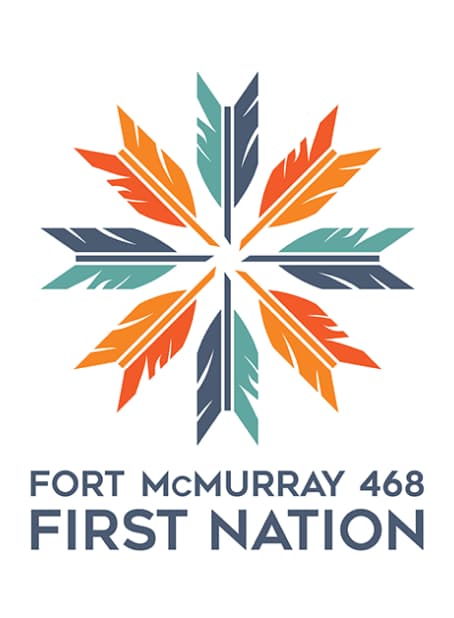
Fort McMurray 468 First Nation
Fort McMurray 468 First Nation (FMFN468) is a Cree band located less than 40 kilometres from Fort McMurray, Alberta. Members of FMFN468 can trace their ancestry to the Woodland, Plains Cree, Chipewyan, and Beaver people of Alberta.
The nation signed adhesion to Treaty 8 in 1899, and was part of the same band as Fort McKay First Nation until separating in 1942. FMFN468 is also a member of the Athabasca Tribal Council (ATC), which represents five First Nation bands in northeast Alberta.
FMFN468 is made up of four reserves:
- Clearwater 175 is an unpopulated reserve located on the Clearwater River, located 11 kilometres southeast of Fort McMurray.
- Gregoire Lake 176, located about 38 kilometres southeast of Fort McMurray, is the largest of the four reserves and the most populated with 191 residents as of 2016.
- Gregoire Lake 176A is populated with 130 residents, as of 2016, but had zero residents in 2011.
- Gregoire Lake 176B is not populated.
Fort McMurray Métis Local 1935
The Fort McMurray Métis Local #1935 (McMurray Métis) was founded in 1987 and governed under the bylaws of the Metis Nation of Alberta by an elected local council.
The McMurray Métis is accountable to its membership with a mandate to pursue the advancement of the Métis people of Fort McMurray and northeastern Alberta. Achieving this requires the ongoing promotion, pursuit and defense of the Indigenous constitution and other rights. This occurs through engagement with government, regulatory agencies, stakeholder organizations and the courts, when necessary.
The Métis are one of the recognized Indigenous peoples of Canada, under Section 35(2) of the Constitution Act, 1982.
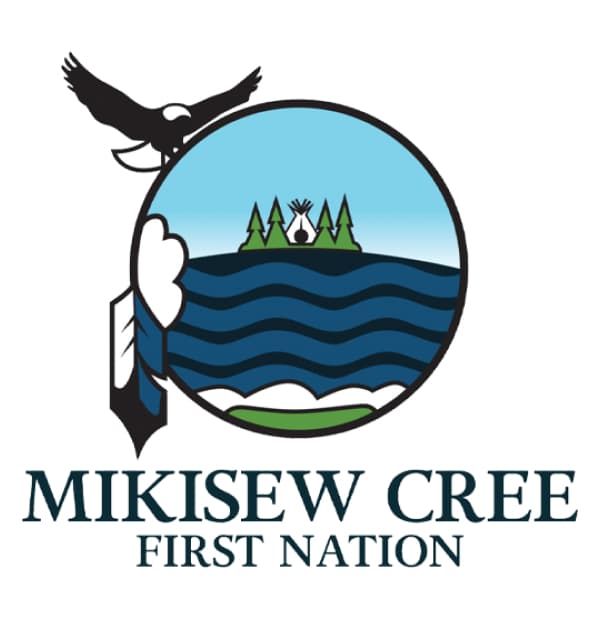
Mikisew Cree First Nation
Mikisew Cree First Nation (MCFN) is an Indigenous community located in Fort Chipewyan, Alberta, approximately 220 kilometers north of Fort McMurray and 590 kilometers north of Edmonton. MCFN is a signatory to Treaty 8. The traditional territory of MCFN expands across northern Alberta into the Northwest Territories. Much of MCFN’s territory is within a highly industrialized region – most significantly with the oil sands development in the Lower Athabasca Region.
MCFN’s lands and rights depend on the Peace-Athabasca Delta and surrounding waters. The heart of MCFN’s traditional territory is the Peace-Athabasca Delta, which is a UNESCO protected site partly within the Wood Buffalo National Park, as well as the Athabasca River system, which is the epicenter of the oil sands region of Alberta. MCFN has Treaty and Indigenous rights that are constitutionally protected under section 35 of the Constitutional Act, 1982. MCFN has the right to practice its section 35 rights throughout the area covered by Treaty 8.
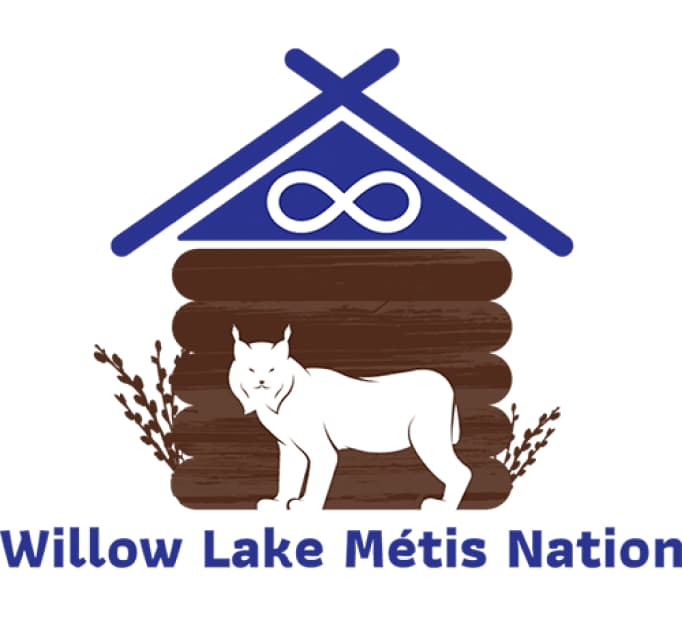
Willow Lake Métis Nation
Willow Lake Métis Nation (WLMN) is a Métis community that has members who now mostly reside in the community of Anzac, Alberta. WLMN’s roots lie in the history of the fur trade in Alberta and the economic and political circumstances that evolved during and after the fur trade.
The historical Willow Lake community was close to trade and travel routes that connected Fort McMurray and Willow Lake to Lac La Loche to the east, Fort Chipewyan to the north, and to Lac La Biche to the south. Willow Lake Métis people lived on and derived their livelihood from the lands between these locations through much of the later fur trade period. WLMN people continue to use these lands to exercise their Indigenous rights, sustain their culture and identity as Métis people, support their community, and pass their knowledge and way of life on to their descendants. Key Métis family lines represented in the WLMN community include Bourque, Cardinal, Huppie, Lavallee, McKenzie, Quintal, and Whitford.
Willow Lake families have origins in the vicinity of Willow Lake, Cheecham, and Fort McMurray as far back as memory and oral history extends. Members and their ancestors have a history in the region dating back at least two hundred years. In the 1920s, ancestors of some current Willow Lake families were moving into the area to trap and work on the rail line. Lawrence and Pete Whitford came into the area in the 1920s; George Lavallee came into the area from Lac La Biche and members of the Bourque family came into the area with work on the rail line in the 1950s and settled at Anzac in the 1960s.
Many of the personal histories of present-day WLMN members reflect the history of northern Alberta (including the Lac La Biche and Fort McMurray regions) and Métis culture and connection to the land. Cultural practices that characterized Métis communities in northeastern Alberta before European control included living off the land by hunting, trapping, fishing and plant gathering, supplemented with varying degrees of wage labour.
Many present-day WLMN members were taught harvesting skills by parents and grandparents who were highly experienced in hunting, trapping, fishing, and plant gathering. These cultural practices continue to be taught on traplines that have been in their families for several generations. WLMN members also value traditional practices that continue to characterize the community, such as sharing food and labour, caring for Elders, and gathering to feast and dance and tell stories. These traditional cultural practices continue to connect them as a Métis community today.
The WLMN community are connected through kinship, economic interests, and political ties with surrounding First Nations and Métis communities in northeastern Alberta.
.jpeg?mw=832&modified=20220609205910&hash=19908BE42D28477851E9403411BC27A3)




